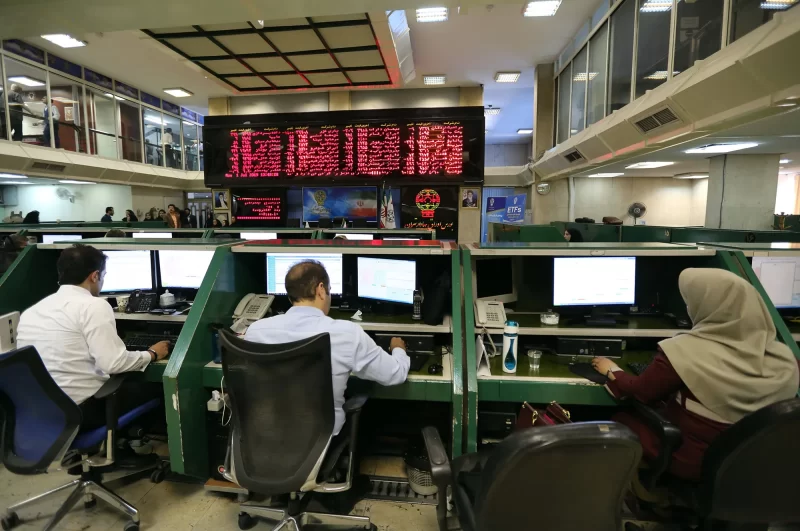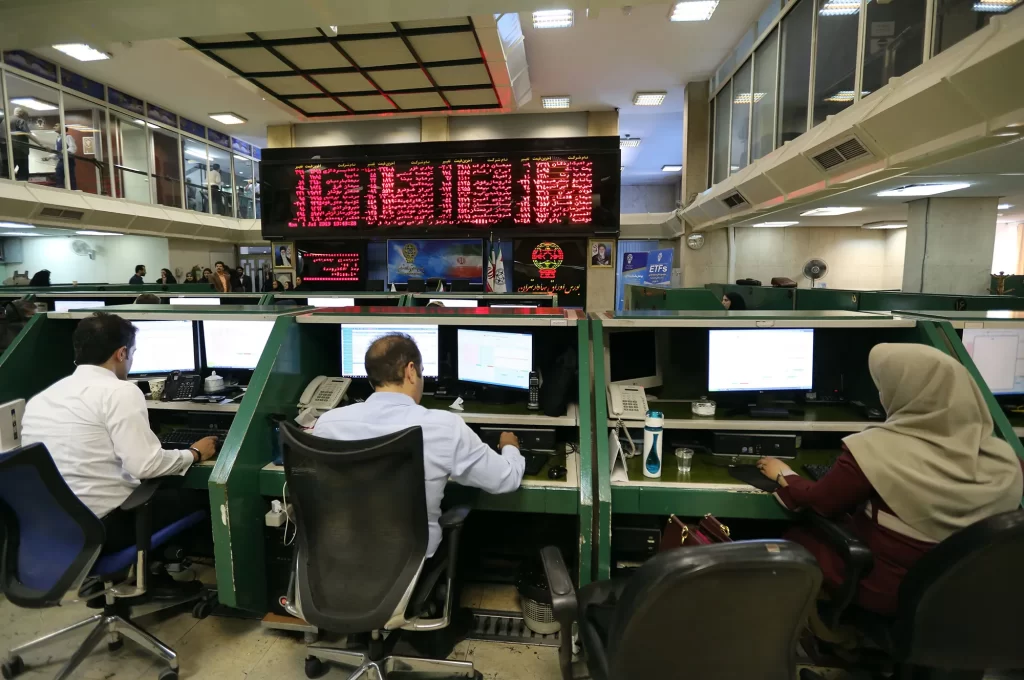Trading currencies in the worldwide foreign exchange market, often known as forex trading, is a complex and fast-paced activity that involves buying and selling various currencies. In this incredibly volatile market, traders employ a wide array of strategies and methods to get an advantage over their competition.
This article will investigate the role that intermarket analysis plays in foreign exchange trading and demonstrate how it can assist traders in improving the quality of their trading decisions and the outcomes of those decisions.
Also Read: Price Action Chart Analysis
Intermarket Analysis: What Is It?

A trading strategy known as intermarket analysis focuses on examining and comprehending the connections and interactions between various financial markets. In order to acquire insight into potential trading opportunities and market trends, entails evaluating the relationships between numerous asset classes, including currencies, commodities, bonds, and shares.
Intermarket analysis' fundamental tenet is that financial markets are interrelated, and changes in one market can have an effect on changes in other related markets. In order to make informed trading decisions, traders look for patterns, correlations, and divergences by analyzing these relationships.
Understanding Intermarket Analysis

Intermarket analysis is based on the premise that financial markets are interconnected and influence each other. The primary focus is on the relationships between currencies, commodities, bonds, and equities.
The key principles of Intermarket analysis include:
Intermarket Relationships
The Intermarket analysis aims to identify correlations and divergences between various markets. For example, changes in commodity prices can have an impact on the currencies of commodity-exporting or -importing countries. Similarly, shifts in bond yields can influence currency valuation.
Leading and Lagging Indicators
Certain markets can act as leading or lagging indicators for others. For instance, equity market trends may precede changes in currency values. By monitoring these leading and lagging relationships, traders can anticipate potential forex market movements.
Risk Sentiment
Intermarket analysis considers the broader market sentiment, including risk-on and risk-off environments. During risk-on periods, investors tend to seek higher-yielding and riskier assets, impacting currency valuations accordingly.
Benefits of Intermarket Analysis in Forex Trading

In the ever-evolving landscape of trading, intermarket analysis has emerged as a vital tool for traders seeking a deeper understanding of financial markets. The Intermarket analysis provides valuable insights into these connections, enabling traders to make more informed decisions.
Improved Market Understanding
The Intermarket analysis provides a broader perspective by considering the interconnections between various financial markets. By analyzing these relationships, traders gain a deeper understanding of the factors that influence currency movements.
Identifying Market Trends
Intermarket analysis assists in identifying emerging trends across different asset classes. For example, if a commodity like oil is experiencing a significant rally, it may signal a potential weakening of currencies from oil-importing nations.
Confirmation of Trade Signals
Intermarket analysis can act as a valuable tool for confirming trade signals generated by other technical or fundamental analysis methods. By assessing the alignment or divergence of Intermarket relationships, traders can gain additional confidence in their trading decisions.
Risk Management
By considering the broader market context, Intermarket analysis aids in risk management. Traders can assess the overall market sentiment and adjust their positions accordingly. This approach helps mitigate the risk of being caught on the wrong side of the market due to sudden shifts in sentiment or correlated market movements.
Challenges and Limitations

Intermarket analysis, while a powerful tool in forex trading, comes with its share of challenges and limitations. Traders should be aware of the complexity of Intermarket relationships, the dynamic nature of correlations, the risk of false signals, data availability and timeliness, and the subjective nature of interpretation.
While Intermarket analysis offers valuable insights, it is not without challenges and limitations:
- Complexity: Intermarket analysis requires a deep understanding of the relationships between various markets and their impact on currency valuations. It demands ongoing research, monitoring, and analysis, which can be time-consuming.
- Dynamic Nature: Intermarket relationships can evolve over time, influenced by changing market dynamics and economic conditions.
- False Signals: Like any analytical approach, Intermarket analysis is not foolproof. False signals or temporary deviations from established relationships can occur, leading to potential trading losses.
Intermarket Analysis Correlations

Intermarket analysis correlations refer to the relationships and connections between different financial markets as analyzed through the Intermarket analysis approach. These correlations provide insights into how changes in one market can impact another market and help traders identify potential trading opportunities.
Here are some common intermarket correlations that traders often consider:
Currency-Commodity Correlation
Currencies of countries heavily reliant on commodity exports or imports often exhibit correlations with commodity prices. For example, currencies of commodity-exporting countries like Canada (CAD) and Australia (AUD) tend to strengthen when commodity prices rise, reflecting their economic dependence on commodity exports. Conversely, currencies of commodity-importing nations may weaken as higher commodity prices can increase their import costs.
Currency-Bond Yield Correlation
Changes in bond yields can impact currency valuations. Generally, higher bond yields attract foreign investors seeking better returns, leading to an appreciation of the currency. Conversely, declining bond yields can make a currency less attractive, potentially resulting in depreciation.
Risk-On/Risk-Off Sentiment
Risk sentiment refers to the overall market appetite for risk. During risk-on sentiment, investors tend to favor higher-yielding and riskier assets, which can lead to the appreciation of currencies associated with those assets. Conversely, risk-off sentiment prompts investors to seek safe-haven assets, causing currencies such as the Japanese yen (JPY) or Swiss franc (CHF) to strengthen.
Currency-Equity Market Correlation
There can be correlations between currency movements and equity market trends. In some cases, a strong equity market performance can lead to a strengthening of the currency of the respective country, as it reflects positive investor sentiment and economic growth prospects.
Cross-Currency Correlations
Intermarket analysis also explores correlations between different currency pairs. For instance, there can be correlations between major currency pairs like EUR/USD and GBP/USD. When there is a high positive correlation between two currency pairs, they tend to move in the same direction. Conversely, a negative correlation suggests that the two currency pairs move in opposite directions.
Also Read: How Market Conditions Affect Your Trading
Conclusion
Intermarket analysis is a powerful and valuable approach. Traders are able to obtain a more in-depth grasp of the dynamics of the market and make trading decisions that are more informed if they do an analysis of the linkages between currencies, commodities, bonds, and stocks.
Intermarket analysis has many benefits, including greater market comprehension, trend detection, confirmation of trade signals, enhanced risk management, and potential for diversification. By studying the relationships between different asset classes, such as currencies, commodities, bonds, and equities, traders can gain valuable insights into market dynamics and potential turning points.
The analysis reveals the inverse relationship between interest rates and bond prices, which is crucial in understanding the bond market. Additionally, Intermarket analysis helps identify the positive correlation between stock prices and rising commodities prices, allowing traders to spot investment opportunities.
Traders can also navigate the global markets effectively by considering the interplay of various asset classes. Furthermore, the analysis of intermarket relationships aids in managing risk, particularly in understanding the impact of falling bond prices and falling interest rates.
By incorporating intermarket analysis into their investment strategy, traders can develop broader trading ideas and capitalize on statistically significant correlations. This approach facilitates diversification across different asset classes and contributes to a more comprehensive trading approach.
Frequently Asked Questions
What is Intermarket analysis?
Intermarket analysis is an approach that examines the relationships between different financial markets, such as currencies, commodities, bonds, and equities, to gain insights into potential trading opportunities and market trends.
How does Intermarket analysis benefit forex traders?
The Intermarket analysis benefits forex traders by providing a broader understanding of market dynamics, identifying trends, confirming trade signals, aiding in risk management, and uncovering diversification opportunities.
Is intermarket analysis the only analysis technique traders should use?
No, Intermarket analysis is just one of many analysis techniques available to traders. It is important to combine intermarket analysis with other strategies and tools, such as technical analysis and fundamental analysis, to make well-rounded trading decisions.
















